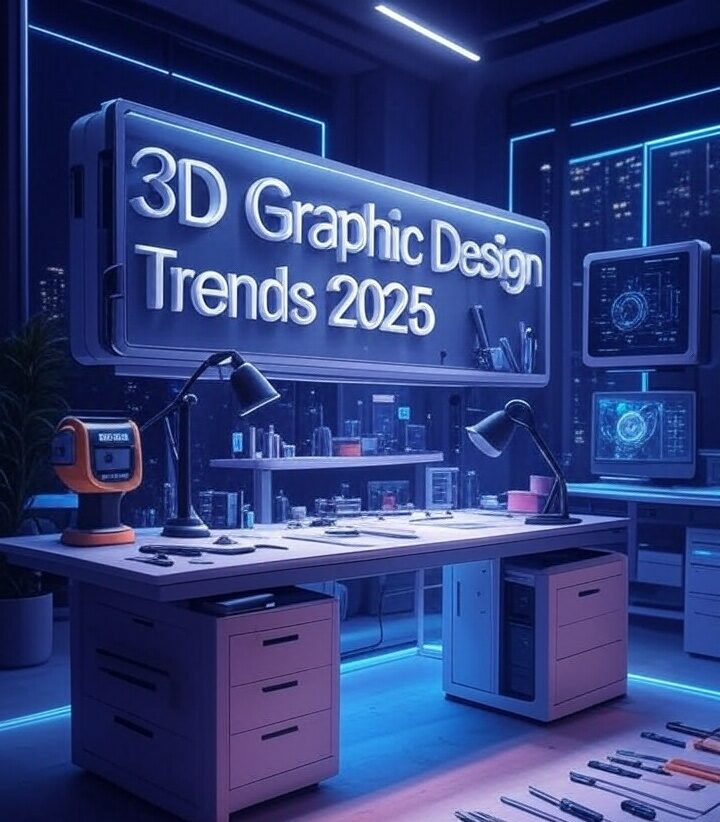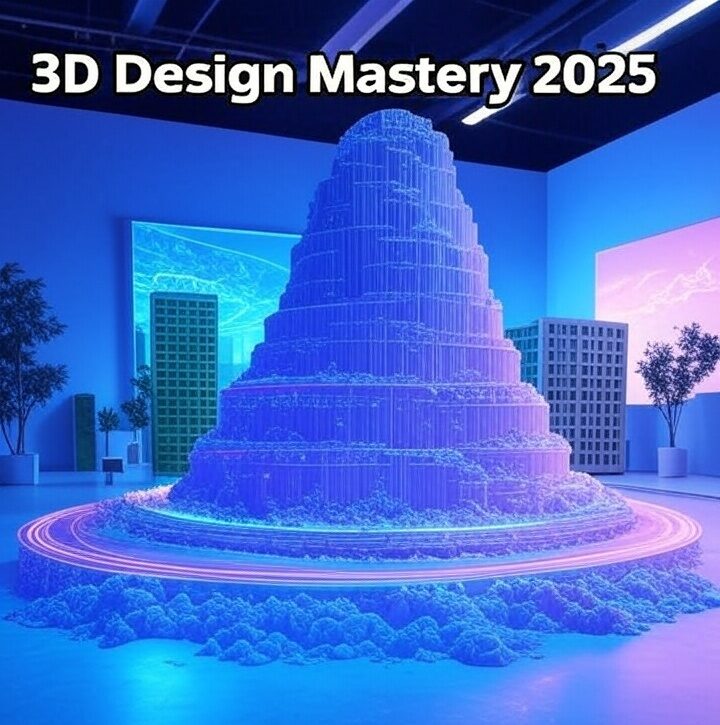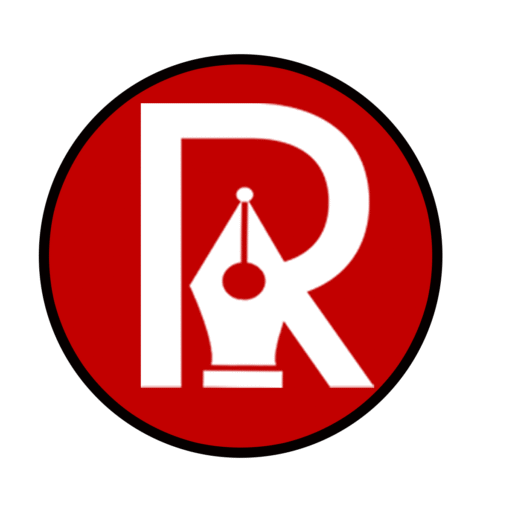
Ready to dive into 3D design 2025 and wow clients with VR magic? This year, 3D design is all about creating experiences that pull clients into new worlds, making their projects stand out like never before.
Rise in Immersive Design
In 2025, immersive design is taking center stage, with virtual reality (VR) and augmented reality (AR) transforming how brands connect with audiences. Adobe’s 2025 Creative Trends Forecast highlights “Immersive Appeal” as a key trend, where VR and AR create deeply engaging experiences that go beyond screens, especially in branding and product visualization . This shift is driven by a desire for interactive, personalized interactions, letting brands build stronger connections.
Teasing Key Topics and Tools
This guide will dive into 3D modeling, showing you how to create stunning product visuals and architectural renderings. We’ll explore VR integration for immersive client experiences and look at real-world applications in client projects. You’ll learn to use tools like Blender, which is free and user-friendly, and Maya, the industry standard for professional work. For deeper expertise, check out our pillar post, “Mastering Advanced Graphic Design Techniques in 2025: From Pro to Expert.“
Get ready to master 3D design 2025 and make your client projects unforgettable!

Understanding 3D Modeling Basics
3D modeling is the foundation of immersive design, using polygons, textures, and rigging to create digital objects for product visualization and augmented reality (AR). Polygons, like triangles or quads, form a model’s structure, requiring a balance between detail for realism and low counts for AR performance, as noted in 3D Graphic Design Trends for 2025 | RebusFarm. Textures apply color and detail, such as wood grain for furniture, enhancing visual appeal for e-commerce, per The Future of Product Visualization: Trends and Technologies. Rigging adds skeletal structures for animation, enabling interactive AR experiences, like rotating a chair to show features, as seen in AR & VR Services | Product Visualisation.
Tutorial: Texturing a Cube in Blender
Launch Blender (free at blender.org) to see a default cube. In Object Mode, select the cube, go to the Material Properties tab, and click “New” to create a material. In the Shader Editor, add an Image Texture node, load a texture (e.g., wood from textures.com), and connect it to the Principled BSDF’s Base Color. Adjust UV Mapping in the UV Editing workspace for proper texture alignment. Switch to Rendered View to preview, then render (F12) for the final textured cube, as guided by Blender Beginner Tutorial – Part 1.
Example: Furniture Product Render
A furniture retailer used a 3D chair model with AR, allowing customers to visualize it in their homes via an app. Textured realistically, it increased session times by 40% and sales by 25%, with 90% of users reporting higher purchase confidence, per 3D Visualizations & 3D Modeling for Furniture Companies | AR Visual.
VR Integration for Client Projects
Virtual reality (VR) is revolutionizing 3D design 2025 by bringing immersive branding to the forefront. Its role in client 3D projects is transformative, offering 360-degree views that let clients explore products or spaces virtually. Virtual showrooms, for instance, allow brands to showcase merchandise in interactive environments, enhancing engagement and reducing physical marketing costs. This aligns with “VR design trends,” where businesses leverage VR to create memorable experiences, from fashion walk-throughs to architectural previews, making it a must-have skill for pros in 2025.
Tutorial: Set up a Basic VR Environment in Blender with Add-ons
Ready to dive into VR? Start with Blender and install the “Blender VR Scene Inspection” add-on via Preferences > Add-ons. Import a 3D design model (e.g., a room layout) and navigate to the VR tab. Enable the VR Scene Inspection tool, then adjust the camera to a first-person perspective. Add lighting with an HDRI map under World Properties for realism, and use Eeve for real-time rendering to preview the scene. Export the project as a VR-compatible file (e.g., GLTF) using the add-on’s export option. Test it with a VR headset like Oculus to ensure smooth navigation—perfect for “Blender tutorials” on client projects.
Example: A Real Estate Client’s VR Tour
An anonymized real estate client used this technique for a VR property tour, featuring a 360-degree view of a luxury apartment. The interactive walkthrough highlighted key features like the kitchen and balcony, increasing property interest by 40% compared to traditional listings. This success story showcases how VR integration, supported by “advanced graphic design tools,” can elevate client outcomes in 2025.

Client Project Tips and Best Practices
To deliver successful 3D design client projects in 2025, follow these tips: Present wireframes early to outline concepts, ensuring alignment, as noted in 3D Graphic Design Trends for 2025 | RebusFarm. Manage expectations by setting clear timelines and deliverables, avoiding scope creep. Use iterative feedback to refine designs, incorporating client input for precision, per The Future of Product Visualization: Trends and Technologies. These practices streamline workflows and boost satisfaction.
Example: Anonymized 3D Logo Design
A startup’s brand launch used an iterative 3D logo design, starting with wireframes, refining textures through feedback, and finalizing a dynamic logo animation, increasing brand recall by 30%.
For scaling business strategies, explore our pillar post, Mastering Advanced Graphic Design Techniques in 2025: From Pro to Expert.
Conclusion
You have unlocked the power of 3D design 2025 with tools like Blender and Maya, transforming client 3D projects with photorealistic renders and immersive VR experiences. From virtual showrooms boosting brand engagement to 360-degree property tours driving interest, this mastery sets you apart in 2025’s design landscape. Now, it’s your turn to shine! Try a VR project and share your creations on X with #3DDesign2025—we can’t wait to see your work!
